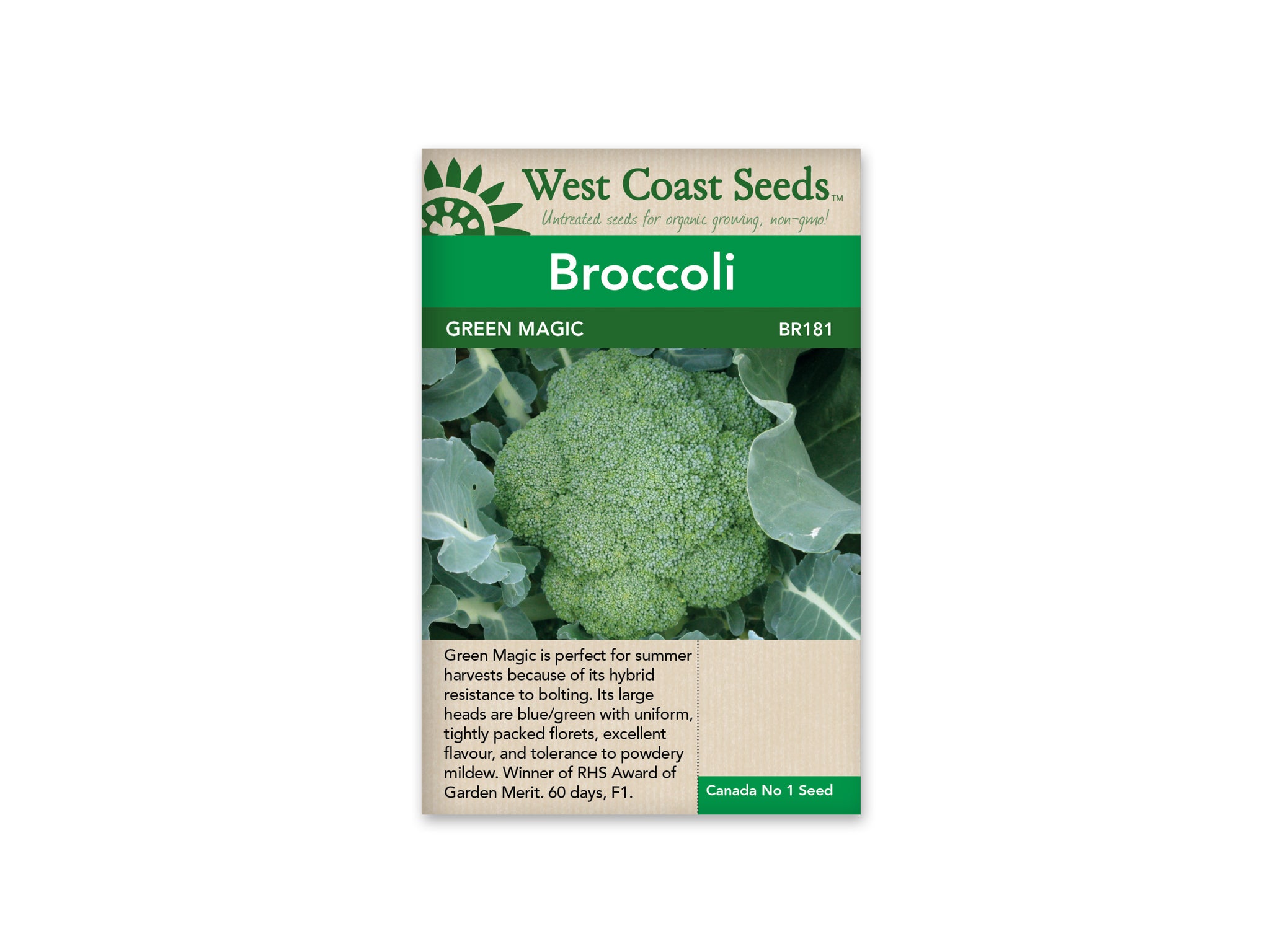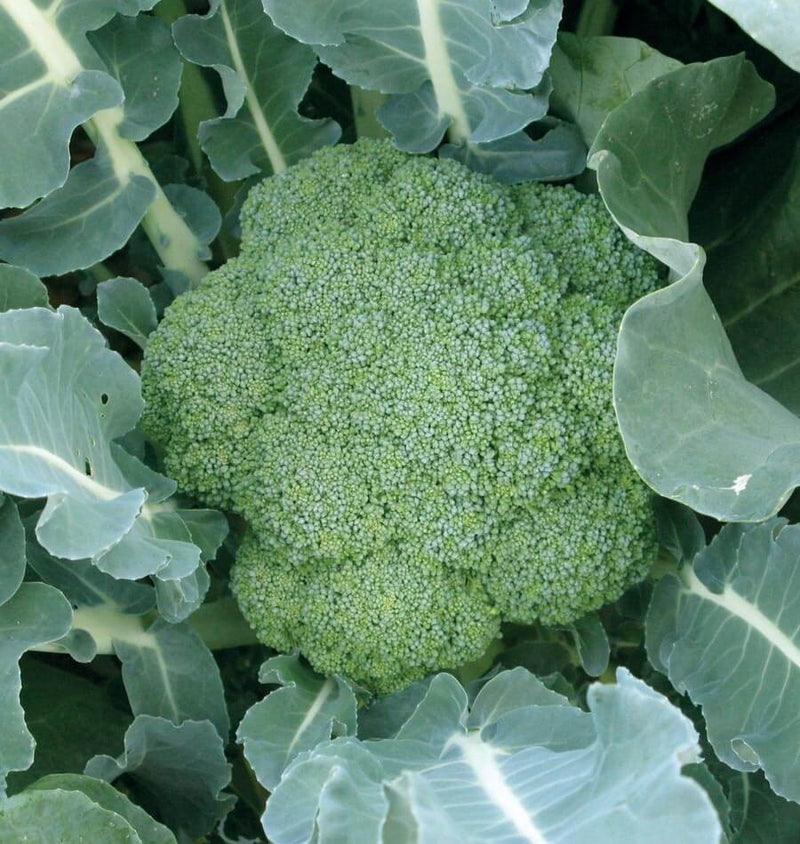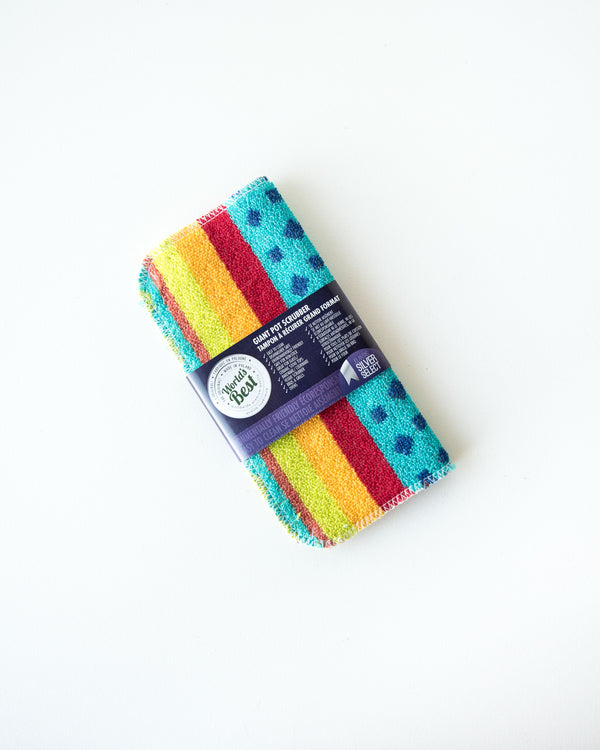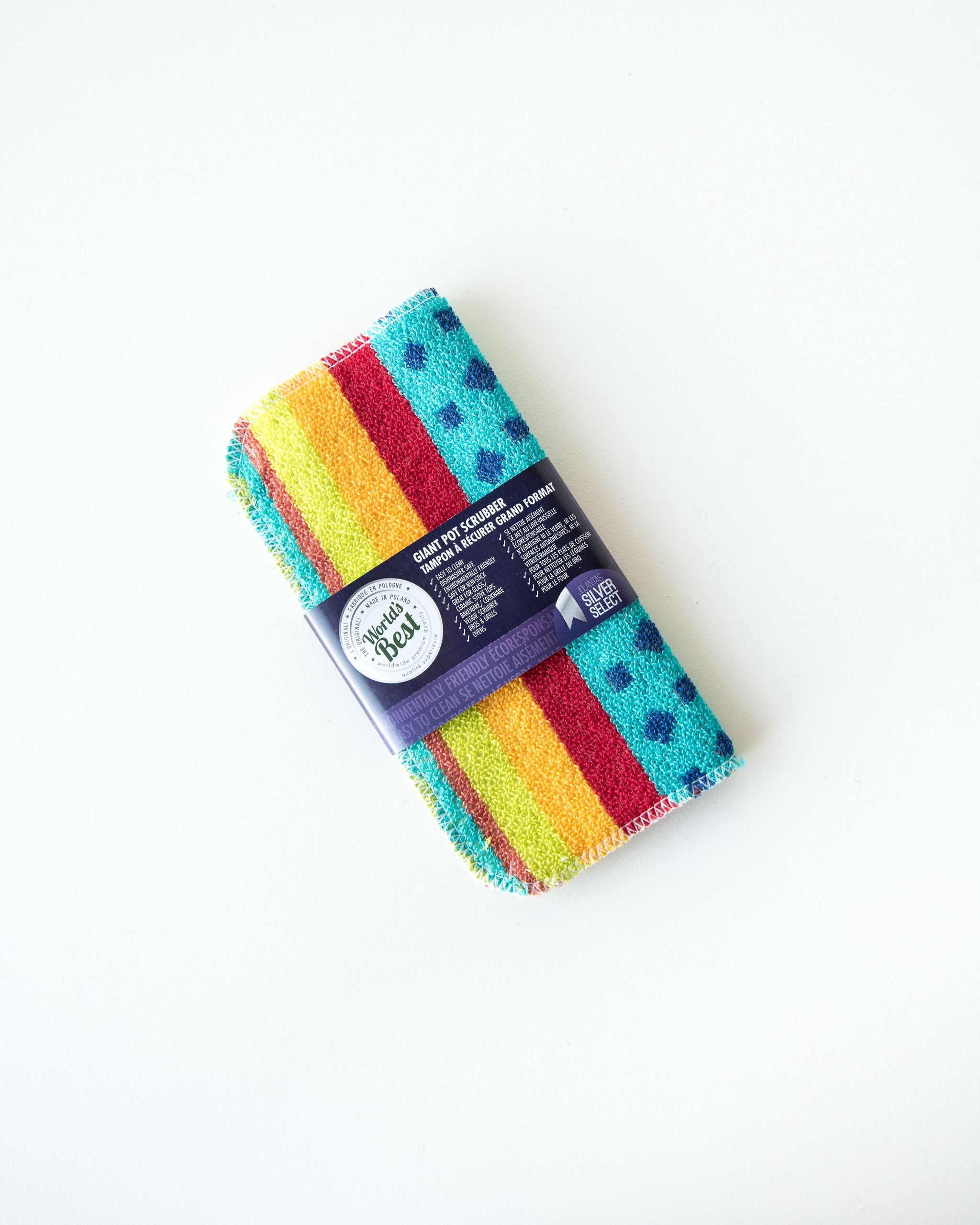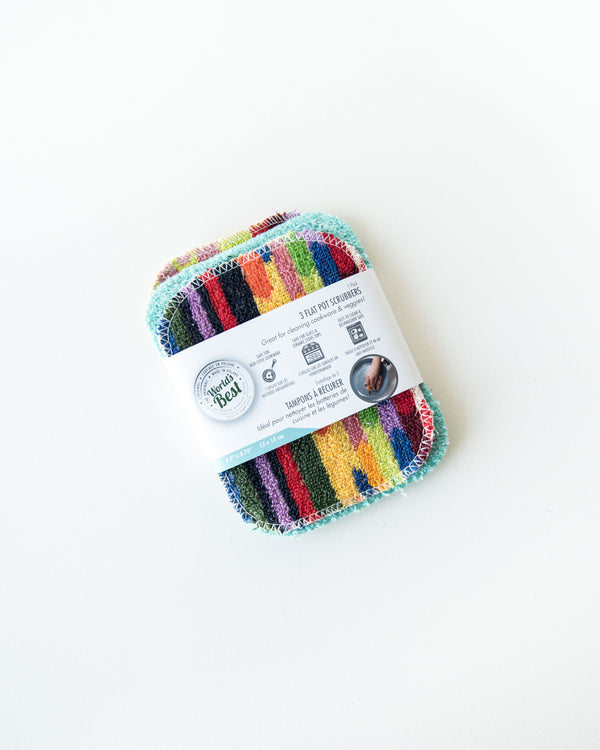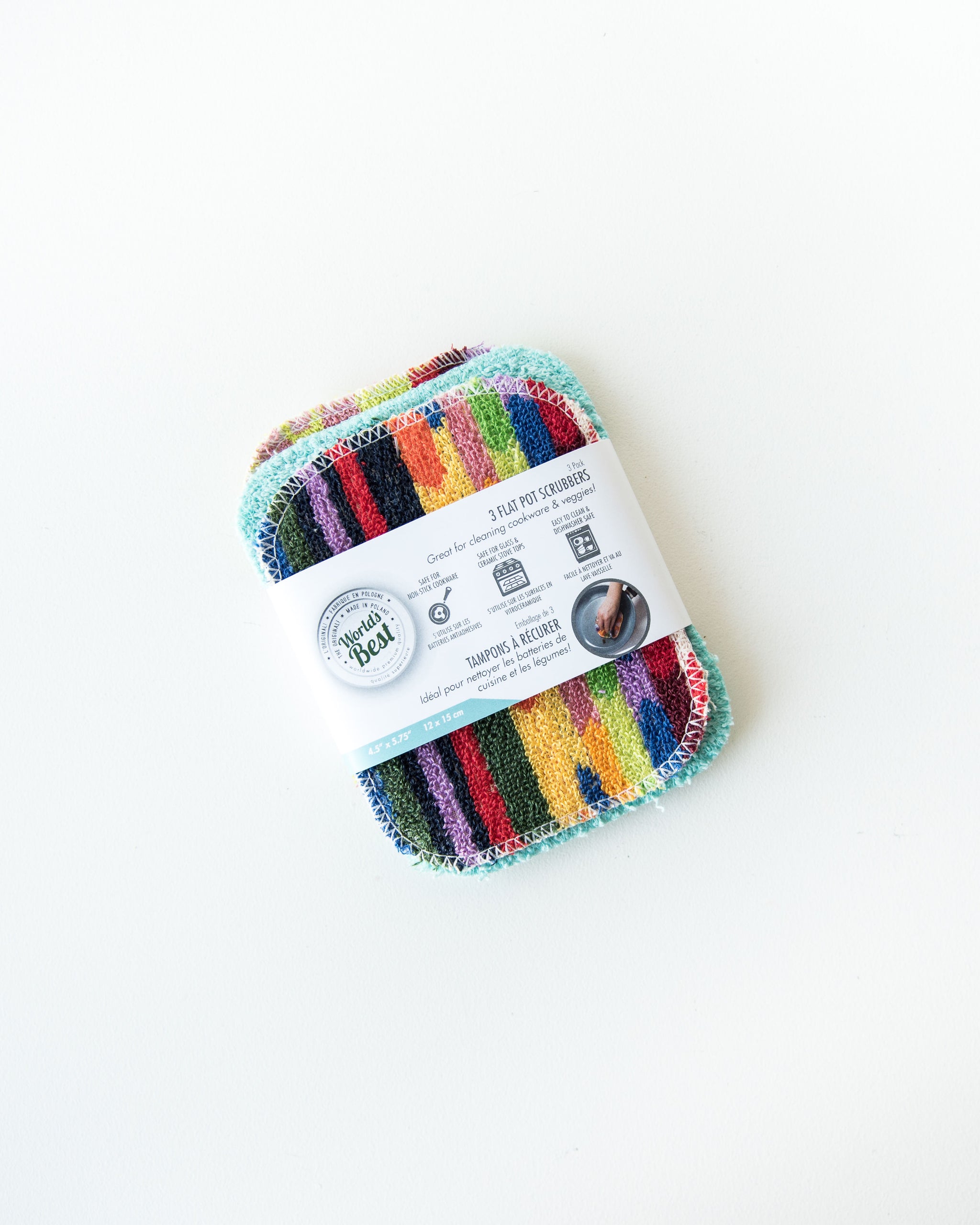Canadian Orders: Flat-Rate Shipping on Orders over $75 | Orders Over $150 Ship Free!
-
Shop
- New Arrivals
- Gardening
- Seeds
- Children + Baby
- Bath + Skin Care
- Baby Toys
- Books
- Puzzles + Games
- Loose Parts + Creative Play
- The Little Naturalist
- Play Chef
- Slings
- Apothecary
- Kids Lunches
- Accessories
- Sustainable Living
- Brushes / Brooms
- Food Storage
- Outdoors
- Coffee, Tea, Chocolate + Honey
- Coffee + Tea Accessories
- Water bottles + Travel Mugs
- Cookbooks
- Dishwashing
- Laundry
- Cleaners
- Accessories
- On The Go Essentials
- Self Care
- Face Care
- Body Care
- Hair Care
- Cosmetics
- Deodorant
- Toothpaste + Oral Care
- Sun Care
- Accessories
- Zero Waste Bathroom
- Soap
- Essential Oils
- For Men
- Books
- Apothecary + Natural Supplements
- Pet Care
- Shop Local
- Bulk
- In Store Pick Up
- Home Improvement
- Paint & Stain
- Discover
- Bulk Bar
Broccoli — Green Magic
$5.49
Perfect for summer harvests, Green Magic broccoli holds well with improved hybrid bolt resistance. Considered a mid/early variety, it's also good for fall harvests. The large plants are blue/green with uniform, tightly packed heads, excellent flavour, and strong resistance to foliar powdery mildew. If saving seeds is not the singular goal of the gardening plan, hybrid broccoli varieties will often produce an earlier, more uniform crop with better disease resistance than an open pollinated alternative. Broccoli (and all Brassicas) make a strong case for hybridizing to bring out the best a crop can offer. In all cases, West Coast Seeds includes open pollinated options for those interested in seed saving. Winner of the RHS Award of Garden Merit.
Matures in 60 days. (Hybrid seeds)
Quick Facts:
- Excellent flavour
- Uniform blue/green heads
- Resistant to foliar powdery mildew
- Hybrid seeds
- Matures in 60 days
Size: 0.25g (approx. 64 seeds)
Difficulty: Moderately Challenging
Season and Zone
Season: Cool season
Exposure: Full-sun
Start indoors right around the last frost date or later in spring for summer harvest in 2 to 3 months. For fall harvest, start indoors late spring and transplant in July, harvesting just before the first frost date. For overwintering sprouting broccoli in mild winter areas, start indoors late March to mid-April, and harvest the following February to May. Seeds will germinate in 7-10 days. Optimal temperature for germination: 10-30°C (50-85°F).
Starting
Sow indoors, 3 or 4 seeds per pot, 5mm (¼”) deep, under very bright light. Thin to the strongest plant. Space transplants 45-60cm (18-24″) apart in rows 75-90cm (30-36″) apart.
Days to Maturity: From transplant date.
Growing
Ideal pH: 6.0-6.8. Broccoli is a moderate to heavy feeder that does best in humus-rich soil amended with composted manure. Mix ¼-½ cup complete organic fertilizer into the soil under each transplant. Transplants should be set out by the time they have 6-8 true leaves. When plants are 20-25cm (8-10″) tall, push soil around the stems up to the first big leaf to encourage side shoots. Broccoli does best in cool weather.
Harvest
Cut the crown portion of the broccoli with 5 to 6 inches of stem, after it’s fully developed, but before it begins to loosen and separate and the individual flowers start to develop into bright yellow blooms. Removing the central head stimulates regrowth to develop for later pickings. Cutting the head lower on the stem will encourage fewer, but larger side-shoots. The regrowth portion grows from the base of the lower leaves. You can usually continue to harvest broccoli for several weeks.
Seed Info
In optimum conditions at least 80% of seeds will germinate. Usual seed life: 3 years. Per 100′ row: 170 seeds,
Diseases & Pests
Slugs and snails – Slugs are attracted to beer, so place a little beer in a cup dug into the ground. Sprinkle broken eggshells around plants to deter slugs and snails.
Flea beetles – Use row covers to help protect plants from early damage. Put in place at planting and remove before temperatures get too hot in midsummer. Control weeds.
Cabbage root maggot – White maggots (larvae) attack all plants of the cabbage family. Larvae tunnel in and feed on roots of plants. Damage causes wilting early on, death of plants a little later on.
Cabbage aphids – A hard stream of water can be used to remove aphids from plants. Wash off with water occasionally as needed early in the day. Check for evidence of natural enemies such as grey-brown or bloated parasitized aphids and the presence of alligator-like larvae of lady beetles and lacewings.
Cabbageworms – Handpick and destroy. Row covers may be useful on small plantings to help protect plants from early damage. Put in place at planting and remove before temperatures get too hot in midsummer.
To help reduce disease, do not plant broccoli or other Brassicas in the same location more than once every three or four years.
Companion Planting
All Brassicas benefit from chamomile, dill, mint, rosemary, and sage. Avoid planting near eggplants, peppers, potatoes, or tomatoes.
Related Items
"World's Best" Pot Scrubber - Giant
Sold Out $7.95
Great for glass, great for ceramic, great for the environment. These cloths are a wonder! Made in Poland from cotton and pine resin, they provide...
View full product details"World's Best" Pot Scrubber — 3 Pack - Assorted Solid Colours
$9.95
Great for glass, great for ceramic, great for the environment. These cloths are a wonder! Made in Poland from cotton and pine resin, they provide...
View full product details"World's Best" Pot Scrubber — 3 Pack Assorted Colours with patterns Flat
Sold Out $9.95
Great for glass, great for ceramic, great for the environment. These cloths are a wonder! Made in Poland from cotton and pine resin, they provide...
View full product detailsSign up to get the latest on sales, new releases and more…
© 2025 Sustain.
Ecommerce Software by Shopify

